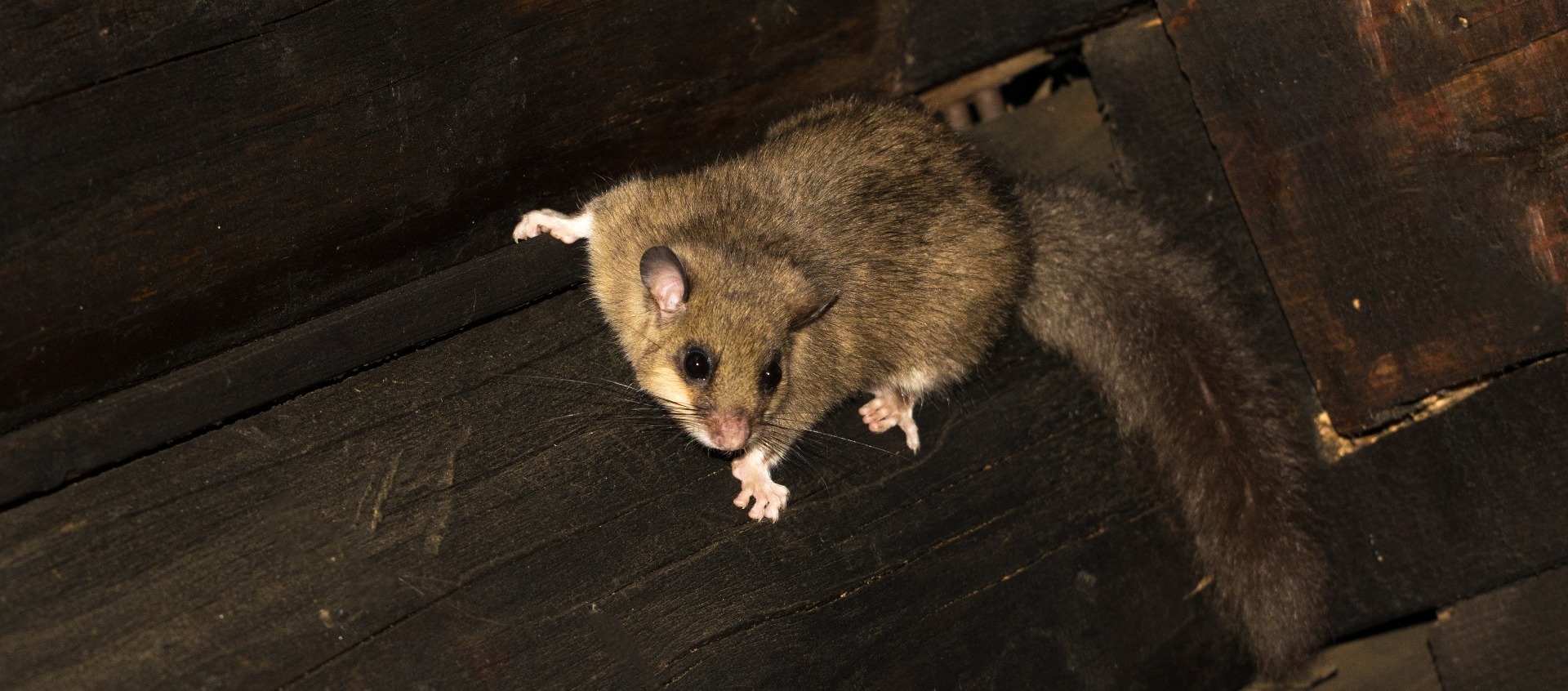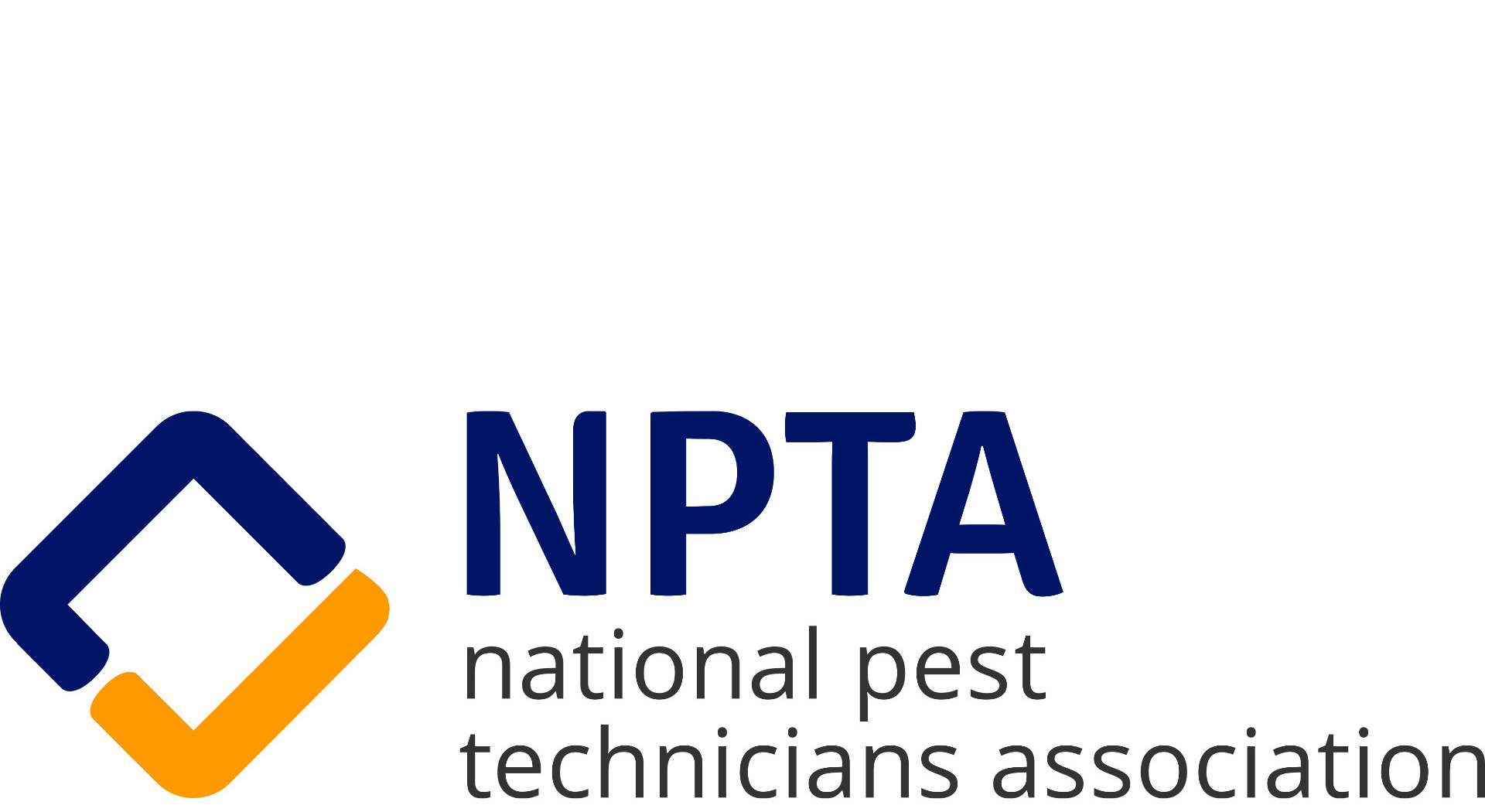Here comes the sun
Posted on 19th August 2021 at 08:22
Weather and the effect on pests in Maidenhead
Over the weekend I heard the Beatles song “Here comes the sun” on the radio and with temperatures hovering around 20 degrees centigrade I appreciated the irony of it, but I couldn’t help think about the weather and how that affects the pests that we routinely deal with.
In Southern Europe the temperatures are touching on 50* C whilst our maritime weather system brings us a rather cooler 20*C, and I for one are thankful for that, as no way could I cope working in the temperatures which are covering Spain and Italy.
Everything is interlinked in nature and rather than seeing insects and animals as pests for a moment, let’s look at how they try to cope with the weather and climate change, and what this means as we will see differences in behaviour, which may be beneficial to us or may be worse for us.
Wasps and hornets
The Met Office publishes a climate summary online with data on the average weather across the country and their evidence shows us that in 2021 we saw a cooler spring than normal which was also drier than normal, despite some intense heavy periods of rain. How this translates to insects like wasps is that nationwide we have seen a reduction in the size of the wasp nest, fewer workers being produced with fewer numbers of colonies being reported in general.
When you think about the lifecycle of wasps this makes a lot of sense; as insectivores these need to be stronger and faster than their prey and although they prefer to predate slow moving soft bodied caterpillars, they will also take larger insects like damselflies. Wasps can fly at 7 MPH which is twice the speed of a damselfly, and they have a hidden trick up their sleeve; wasps and hornets have cells in the yellow pigment which take ultraviolet light and convert this to electrical energy – they really are solar powered, so they will have more energy on sunny days.
The Queen wasp comes out of hibernation in the spring, and she has a lot of work to do; gathering in wood pulp, laying eggs and feeding herself and her growing brood; cooler weather in the spring will mean that some of these Queens just expire from exhaustion before they can get enough workers to take over the hard graft.
Pest controllers belong to social media groups, and we have all remarked how quiet the year has been for wasps although we have seen a rise in activity this month, which I would attribute to children being off school and more people at home where they notice the nest. 2021 will be a bad year for wasps which may come as good news for some people but when you consider their role in the environment – they pollinate and eat kilogram after kilogram of other pests, this may not be such a good thing after all?
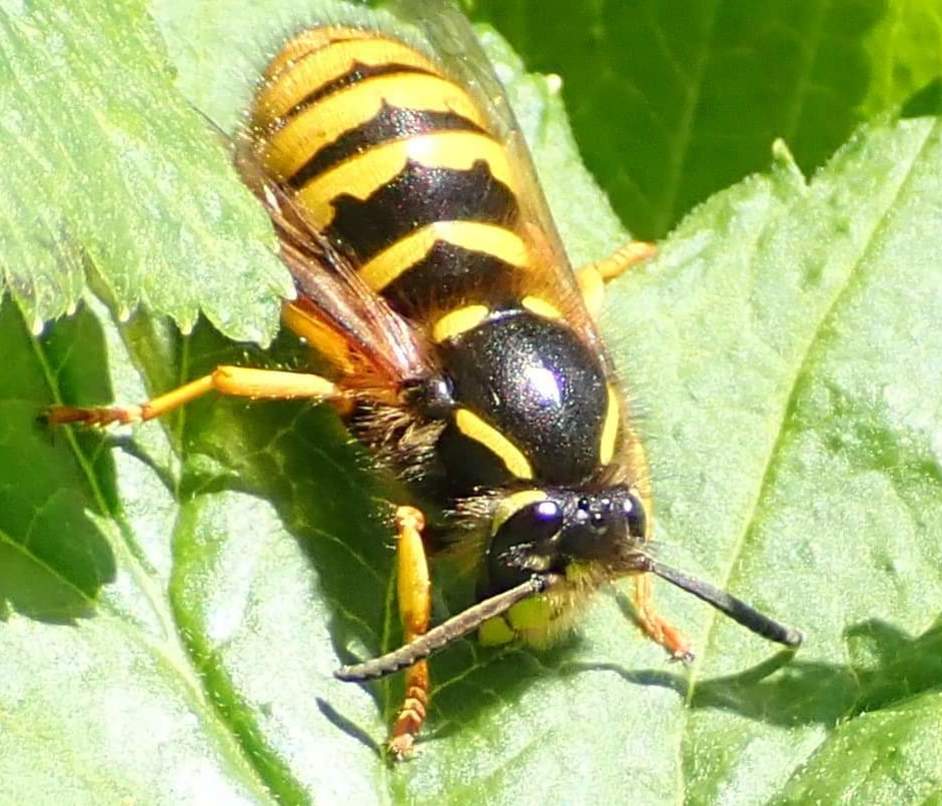

Rats
Rats are natures Number 1 scavenger, and these rodents will take full advantage of anything that they can, one clear positive this year for the rat population, is the availability of standing water for drinking. Some rodents like mice and shrews will be able to get enough moisture out of their food so that they do not need to drink, but rats however, will drink up to 50ml of water each day; that’s 4 tablespoons worth so you can see that having a wetter summer is an advantage to rats.
Rats scavenge from us, and they do pretty well from our wasteful society as it is, but wetter weather means that fruiting and nut bearing trees and plants are able to produce a bumper crop. We have a job in Reading where the hazel trees outside the front of the property are producing loads of nuts and rats are running across the front garden collecting these and hiding them behind the wooden bin store. Our customer works from home in a ground floor front room and is pretty freaked out about how many rats he’s seeing on an hourly basis.
Rats will also breed when conditions are favourable and stable temperatures of 20*C will be better suited for raising young than temperatures that roar up to the high 40’s; my prediction is that we will see a lot or rat activity in towns like Reading this autumn and winter, so rats are a clear winner this year.

Squirrels
When you see squirrels chasing one another around tree trunks and across rooftops this means its either a territorial dispute or part of the mating ritual, the grey squirrel will have two breeding cycles in a year if the conditions are favourable, and with milder winters we’re seeing this pattern year on year; we just don’t get the extreme weather to halt their breeding.
A female squirrel will produce between six and eight young each year, and these will reach sexual maturity at about ten months old and by the time we reach August and September many of these will have to establish a territory of their own and prepare for winter.
Squirrels hoard food as a means of getting through the hard times so it makes sense to have and defend a territory that has food in it so as to be ready for the first breeding season which begins in February.
Climate change is here, and our weather patterns do seem to be changing and an example of that is the oak trees and the amount of acorns produced this year; oak trees are wind pollenated and with the wet, cold spring that we had earlier on, the pollination has been very poor.
There are few acorns on the oaks around my home area and many of these have been affected by gall wasps which goes on to reduce the acorn crop further; the winter looks bleak for the grey squirrel this year and we will see them invading more lofts than usual to save energy and keep warm.
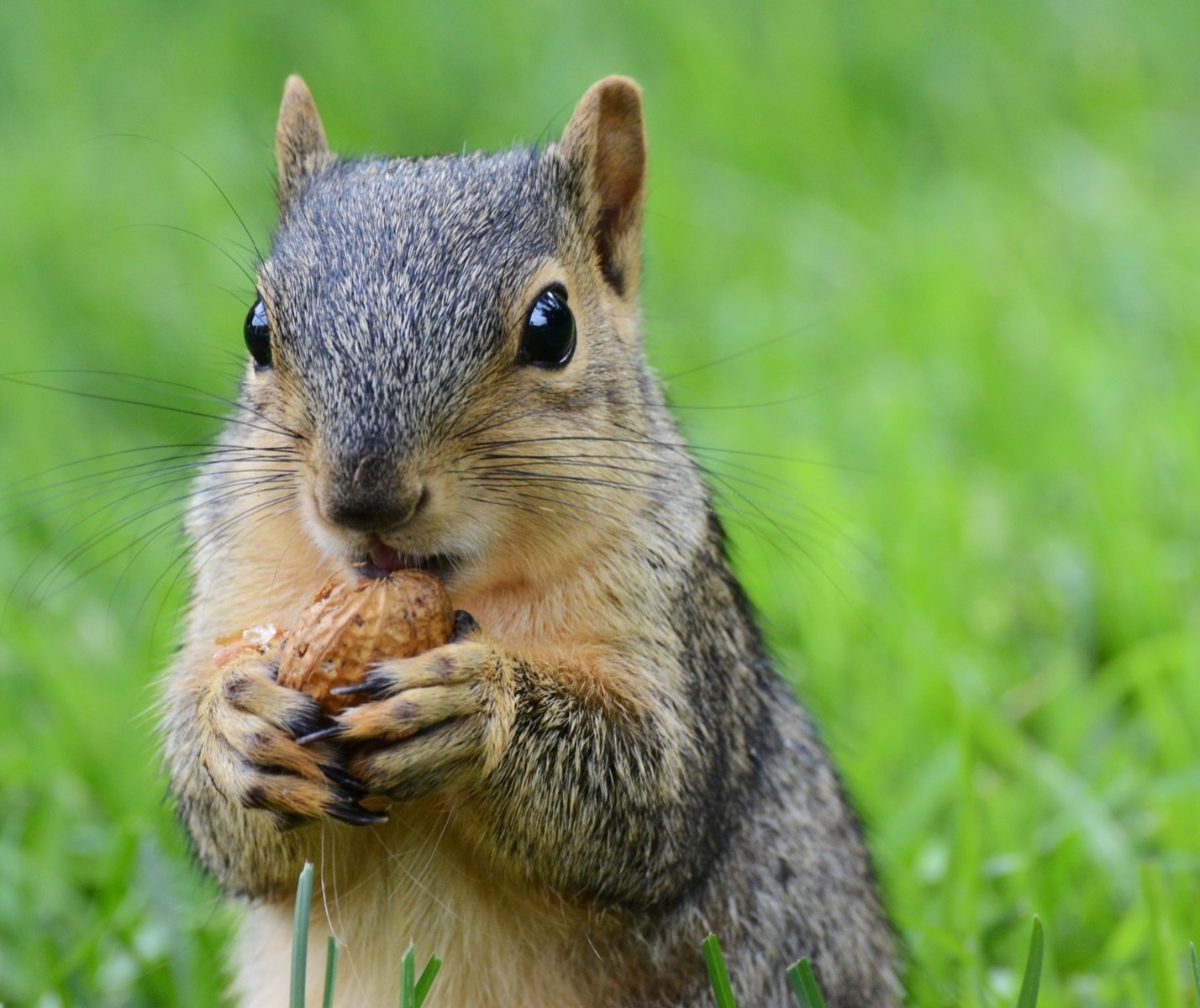
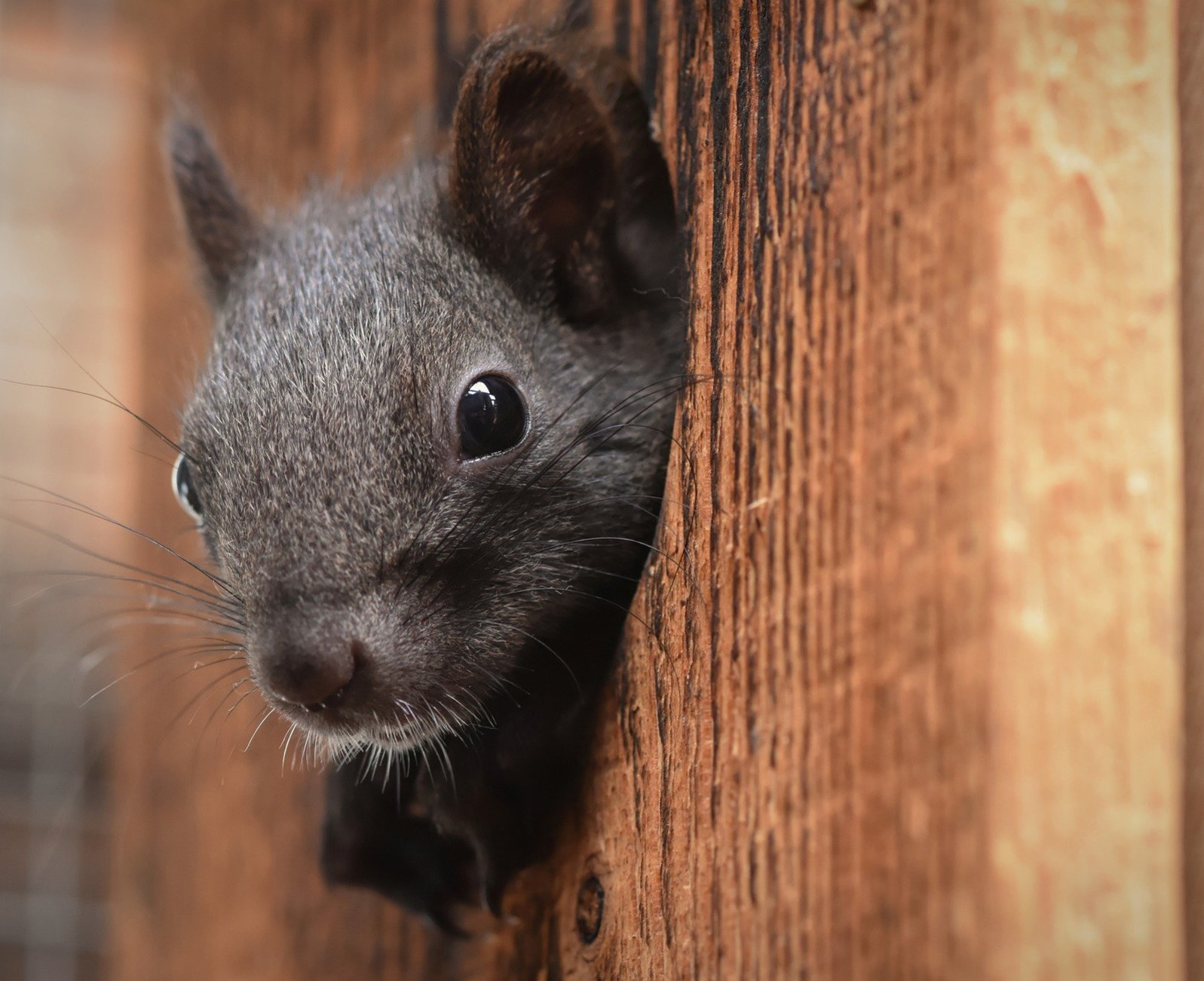
Mice
The type of mice that we deal with across the Maidenhead area are field mice and these little rodents have a short lifespan of between twelve and eighteen months so a mild winter followed by an easy summer, and by that I mean no drought, means that these will be prolific going into the winter months.
Field mice are the base of a food chain for raptors, foxes and badgers and so their strategy is to breed; a female mouse will produce around five to ten broods in a year with around eight to ten baby mice. That’s between forty and one hundred mice and these will start having their own broods within two months of being born, so it’s easy to see how the numbers add up and with the brambles being full of fruit, this is going to be a good year for mice.
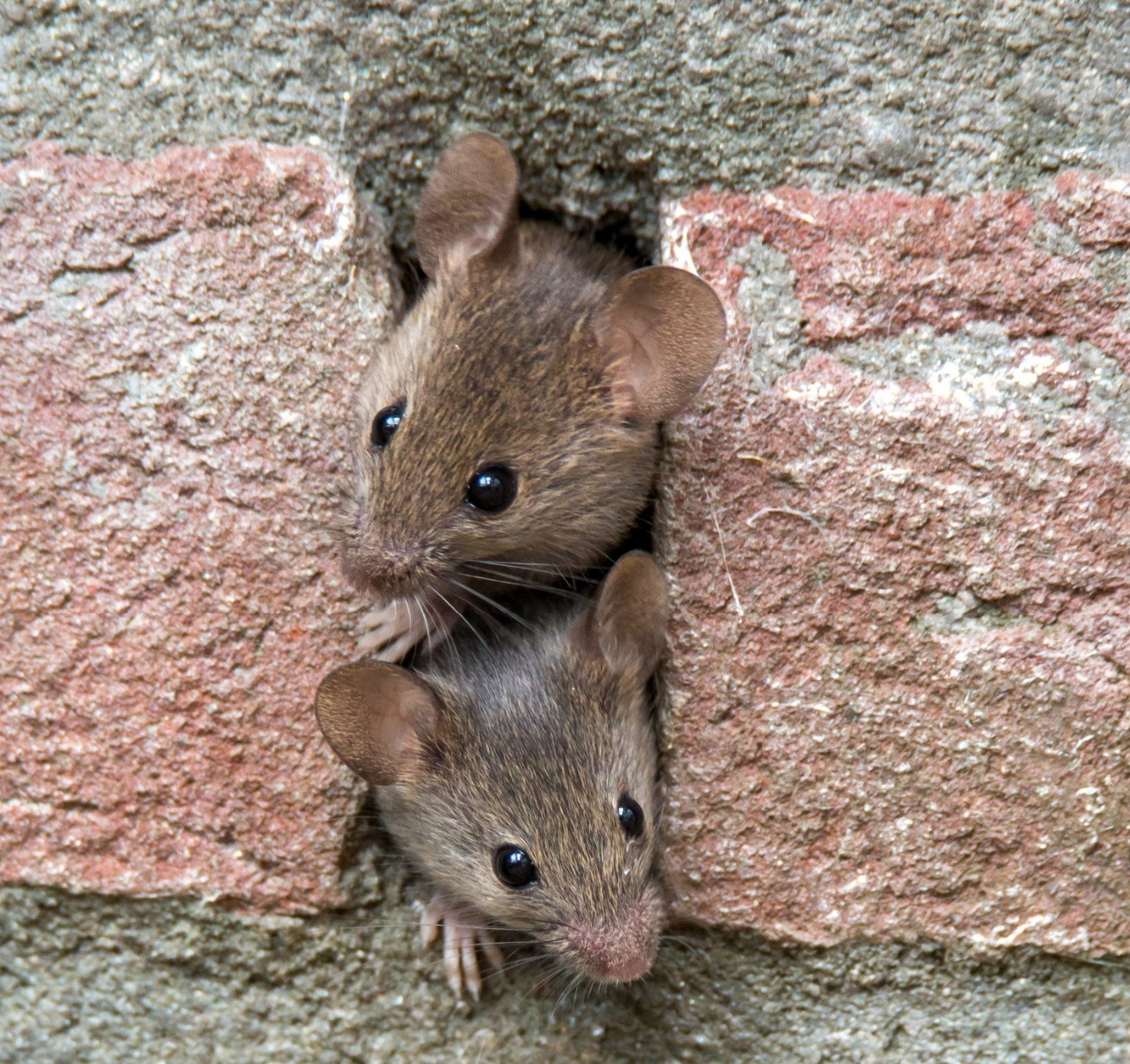
Glis glis
We have the edible dormouse or glis glis in Cookham and around the Cliveden area; these are a species of rodent that have been introduced to the UK in the early 1900’s and they are slowly spreading across the Country; we recently found them in a house in Cookham where the owner thought he had squirrels.
Glis are fantastic climbers and work their way up onto roofs where they will squeeze in under the tiles to nest, these rodents enter a true hibernation period and so want somewhere dry with a stable temperature and the loft is an ideal place.
Like all rodents they will gnaw on electric cables causing damage and power outages but it’s the noise, droppings and smear marks that are a problem with the edible dormouse. Being truly nocturnal, they are extremely active in the hours of darkness and will keep people awake all through the night and they travel around the loft.
They only produce one litter of young each year bit the litter sizes can be as large as thirteen and female dormice will creche their young meaning only one has to stay and look after the young while the others forage for food.
Glis glis have a diet similar to field mice; seeds, fruits, fungus, insects and occasionally bird eggs and these rodents will certainly benefit from climate change and their spread across the region will increase for certain.

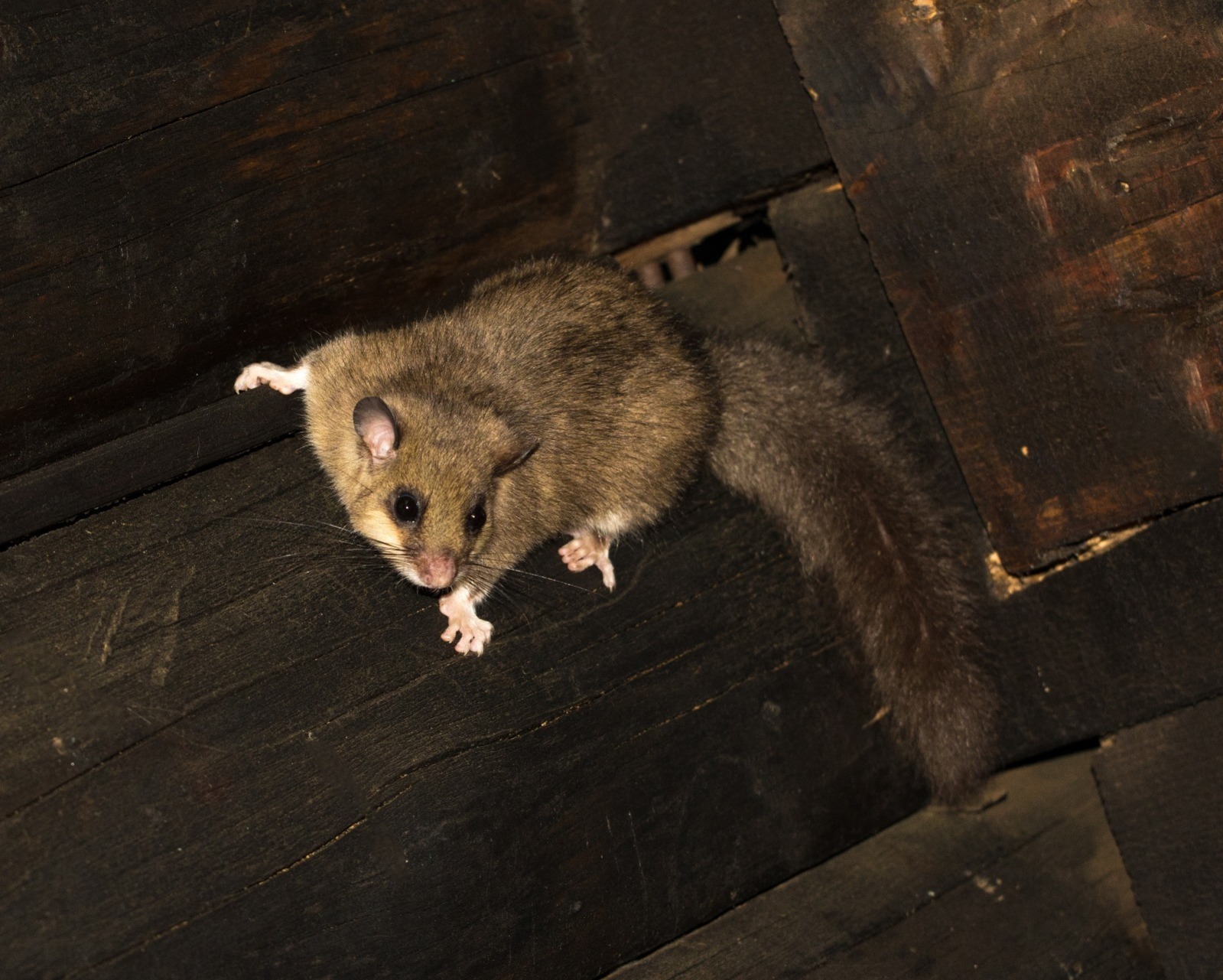
There is a definite link between the weather and our industry with extremes of temperature and rainfall giving some species a positive effect and others a negative, we seem to be far luckier than our European neighbour’s this year in respect of the extreme weather events but the clear winner of any climate change is going to be the rat. Rats can adapt to any change and any opportunity, as we saw with the changes presented with lockdown and so they take the accolade of being our Number 1 pest.
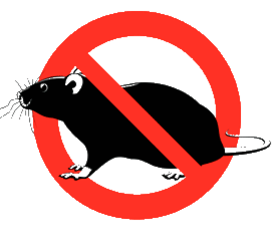
Share this post:





